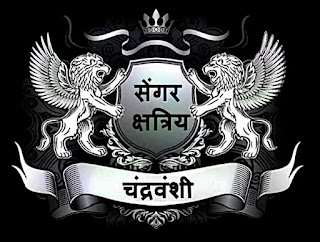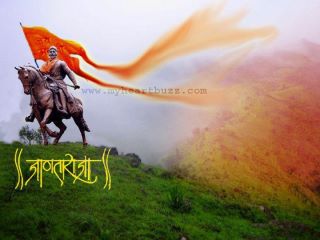“Truth is one — whether witnessed in a laboratory or realized in the depths of meditation.” – Arvind Sisodia
“Truth is one — whether witnessed in a laboratory or realized in the depths of meditation.” – Arvind Sisodia
The entire intellectual journey of human civilization has revolved around two fundamental questions. The first concerns the manner in which the finely tuned laws of nature operate; the second seeks to understand the consciousness or force that sustains this extraordinary order. The Sanatan Indian knowledge tradition addresses both questions simultaneously. In this tradition, science and spirituality are not opposing poles, but two dimensions of a single truth. It is from this integrated perspective that life, the cosmos, and consciousness have been studied for millennia.
When we contemplate the emergence of new life—the formation of the embryo in the mother’s womb, the division of cells, the development of organs, and the gradual manifestation of consciousness—it becomes evident that nature is far from chaotic. Each step follows an invisible, subtle, and deeply scientific order. To attribute such astonishing precision merely to physical accident is to diminish the sanctity of life itself. This is precisely where Sanatan philosophy suggests that the ongoing harmony in nature reflects the scientific perfection of a supreme intelligence—the reality known as Brahman, Ishwara, or the Supreme Consciousness.
The Vedas and Upanishads refer to this cosmic order as Rita. Rita is not merely an ethical principle; it is the foundational order that sustains the movement of matter and energy, regulates the cycle of seasons, directs the emergence of life, and maintains the grand symphony of the universe. The “Unified Law” sought by modern science was, in essence, realized by ancient seers through meditation and inner experimentation. This explains why many eminent scientists—Einstein, Schrödinger, Bohr, Oppenheimer—admired the Upanishads and the Bhagavad Gita not simply as religious texts, but as profound sources of cosmological insight.
The enduring appeal of Sanatan literature lies in its ability to inspire thought rather than impose belief. It accepts experience as a valid source of knowledge, yet considers reason indispensable before experience is validated. The classical epistemic categories—perception, inference, verbal testimony, analogy—affirm that truth cannot be confined to a single mode of inquiry. This multidimensional approach resonates with the scientific method, which relies on experimentation, modelling, and verifiable evidence. The difference lies in emphasis: science travels outward in search of truth, while Sanatan tradition constructs a bridge between the outer and inner realms.
Concepts such as chitta (mind), prana (vital force), and Brahman (absolute consciousness) reveal that the essence of life extends far beyond the physical body. Today’s neuroscience also acknowledges that consciousness cannot be reduced to biochemical reactions alone. Fields such as artificial intelligence and consciousness studies raise questions about the very meaning of awareness. Vedanta posed these questions millennia ago—What is the origin of the ego? What is the nature of the mind? And who is the witness that observes even the mind itself? Such inquiries naturally draw modern scientists toward the philosophical depth of the Sanatan tradition, where the universe and life are perceived as expressions of a unified whole.
The core of Sanatan wisdom is the conviction that truth is experiential, not imposed. One is not compelled to accept it; rather, one is invited to explore it. The ancient ashrams functioned as research laboratories where studies were conducted on life, nature, medicinal herbs, physiological processes, meditation, and consciousness. Charaka and Sushruta advanced scientific thinking through Ayurveda and surgical techniques; Panini structured grammar with the precision of mathematical formulation; and Patanjali systematized psychology through the Yoga Sutras. These contributions demonstrate that the Sanatan tradition evaluates knowledge through the triad of experience, reason, and principle.
In today’s scientific world—standing at the peak of technological advancement—humanity is realizing that external progress alone cannot bring fulfilment. Psychological stress, ecological imbalance, ethical conflicts, and existential uncertainty remind us that progress must be accompanied by balance, morality, and inner awakening. It is here that Sanatan wisdom offers profound guidance. It teaches that life is not merely matter, but consciousness; that humans are not mere consumers, but custodians; and that creation is not a resource to exploit, but a sacred partnership to honour.
It is for this reason that many great scientists continue to be drawn to Sanatan literature. From its vast ocean of knowledge, they discover pearls that illuminate the cosmos not only scientifically, but philosophically as well. Sanatan wisdom reminds humanity that truth is one—whether witnessed in the controlled environment of a laboratory or realized in the stillness of meditation. When these two visions converge, the universe reveals itself in its true essence—as a living, harmonious, and conscious reality.
--------------











टिप्पणियाँ
एक टिप्पणी भेजें